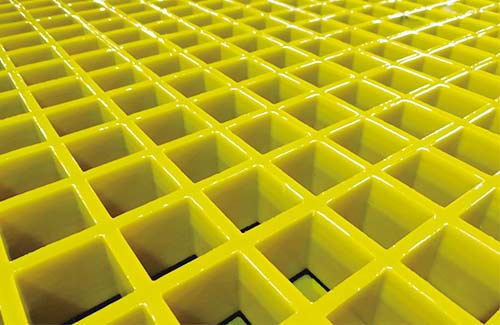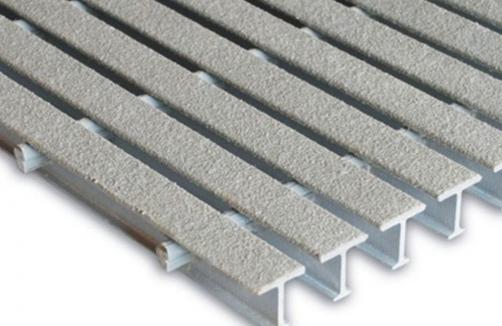Exploring the Benefits of Lightweight FRP Grating for Modern Construction Projects
In the ever-evolving world of construction, engineers and architects are constantly seeking innovative materials that offer durability, efficiency, and cost-effectiveness. One such material gaining traction is Fiber Reinforced Polymer (FRP) grating. But what exactly makes FRP grating a standout choice for modern construction projects? Let’s delve into the benefits and explore why this material is becoming a preferred option.
What is FRP Grating?

FRP grating is a composite material made from fibers, typically fiberglass, embedded in a polymer matrix. This combination creates a material that is strong yet lightweight, corrosion-resistant, and incredibly durable. Unlike traditional materials like steel or concrete, FRP grating offers a unique set of advantages that make it ideal for various construction applications.
Why Choose FRP Grating for Modern Construction?
1. Lightweight Yet Strong
One of the most significant advantages of FRP grating is its lightweight nature. Traditional materials like steel can be heavy and require extensive support structures. FRP grating, on the other hand, offers high strength-to-weight ratios, making it easier to handle and install. This not only reduces labor costs but also minimizes the risk of structural damage during transportation and installation.
2. Corrosion Resistance
Construction projects often expose materials to harsh environmental conditions, including moisture, chemicals, and saltwater. FRP grating is highly resistant to corrosion, making it an excellent choice for marine environments, chemical plants, and industrial facilities. Unlike steel, which can rust and degrade over time, FRP grating maintains its integrity, ensuring long-term durability.
3. ميزات السلامة المحسّنة
FRP grating is designed with safety in mind. It has a high slip resistance surface, reducing the risk of slips and falls. Additionally, its non-conductive properties make it a safe choice for electrical installations, preventing short circuits and electrical hazards. These safety features make FRP grating an ideal material for walkways, platforms, and mezzanines.
4. Cost-Effectiveness
While the initial cost of FRP grating may be higher than traditional materials, its long-term benefits make it a cost-effective choice. FRP grating requires minimal maintenance, has a longer lifespan, and does not corrode, reducing the need for frequent repairs and replacements. This translates to significant cost savings over the life of the project.
5. قابلة للتخصيص ومتعددة الاستخدامات
FRP grating can be customized to meet specific project requirements. It comes in various sizes, shapes, and load capacities, allowing engineers to design structures that perfectly fit their needs. Whether it’s a simple walkway or a complex industrial platform, FRP grating can be tailored to ensure optimal performance.
Addressing Common Questions
What makes FRP grating suitable for outdoor applications?
FRP grating’s corrosion resistance and durability make it ideal for outdoor environments. It can withstand exposure to UV radiation, extreme temperatures, and harsh chemicals without degrading, ensuring long-term reliability.
How does FRP grating compare to steel in terms of strength?
Despite being lightweight, FRP grating offers comparable strength to steel. Its high strength-to-weight ratio makes it a superior choice for applications where weight reduction is crucial without compromising on structural integrity.
Can FRP grating be used in electrical installations?
Yes, FRP grating is non-conductive, making it a safe and effective material for electrical installations. It prevents the risk of short circuits and electrical hazards, ensuring a safer working environment.
Sharing the Knowledge
When discussing modern construction materials, FRP grating is a topic that deserves attention. Its unique combination of benefits makes it a standout choice for a wide range of applications. By sharing this information, we can help more engineers and architects make informed decisions that enhance the efficiency and safety of their projects.
In conclusion, FRP grating offers numerous advantages that make it a superior material for modern construction projects. Its lightweight nature, corrosion resistance, safety features, cost-effectiveness, and customization options make it an ideal choice for various applications. As the construction industry continues to evolve, FRP grating is poised to play a significant role in shaping the future of building materials.
By understanding and leveraging the benefits of FRP grating, we can create more durable, efficient, and sustainable structures that meet the demands of today’s construction landscape.







